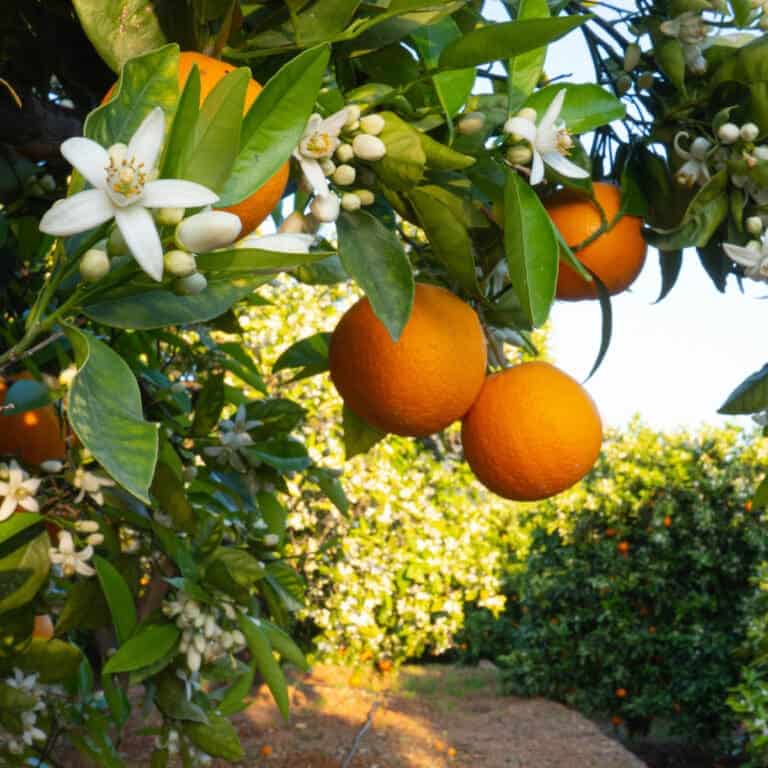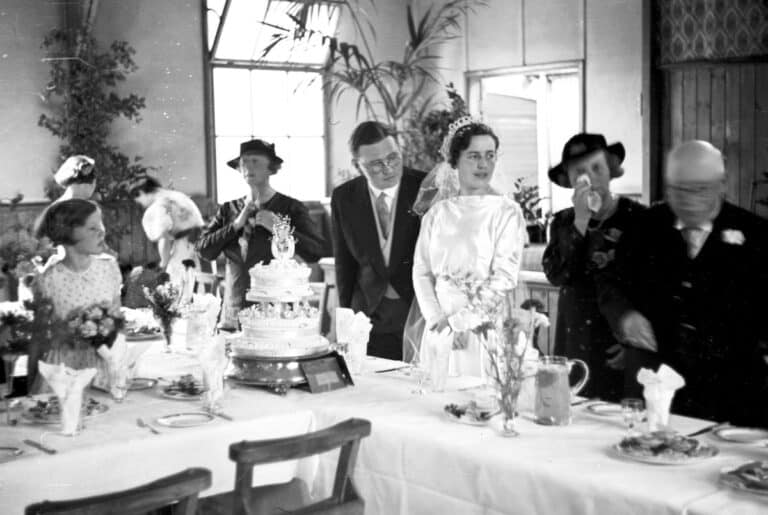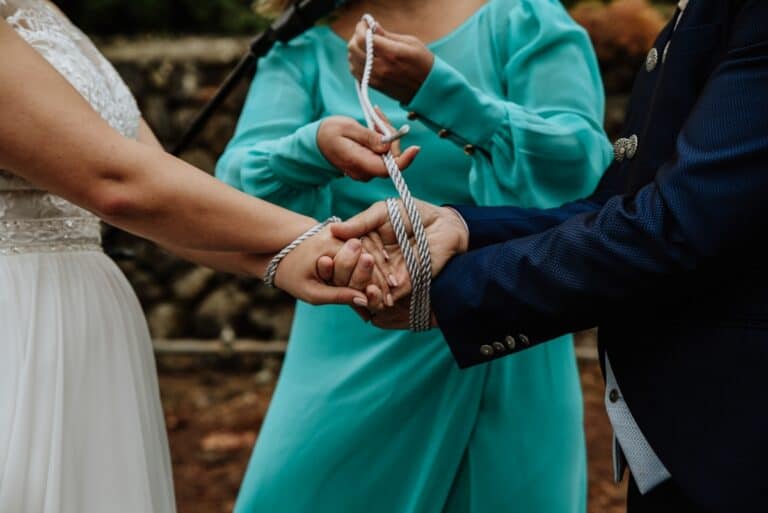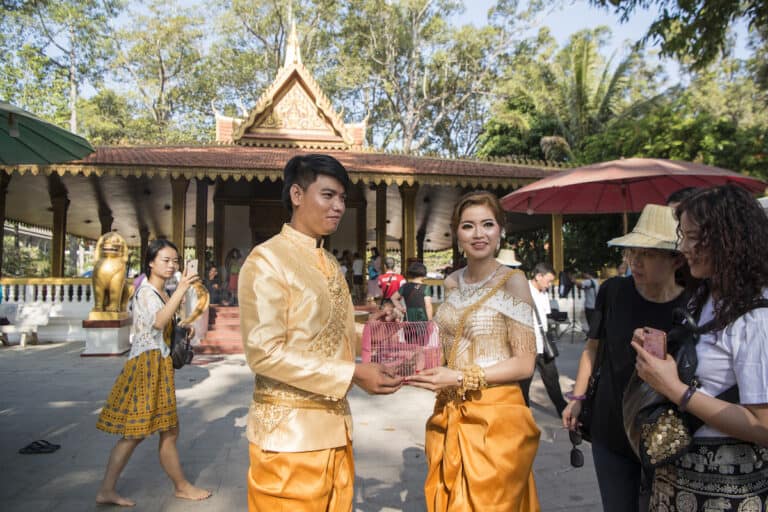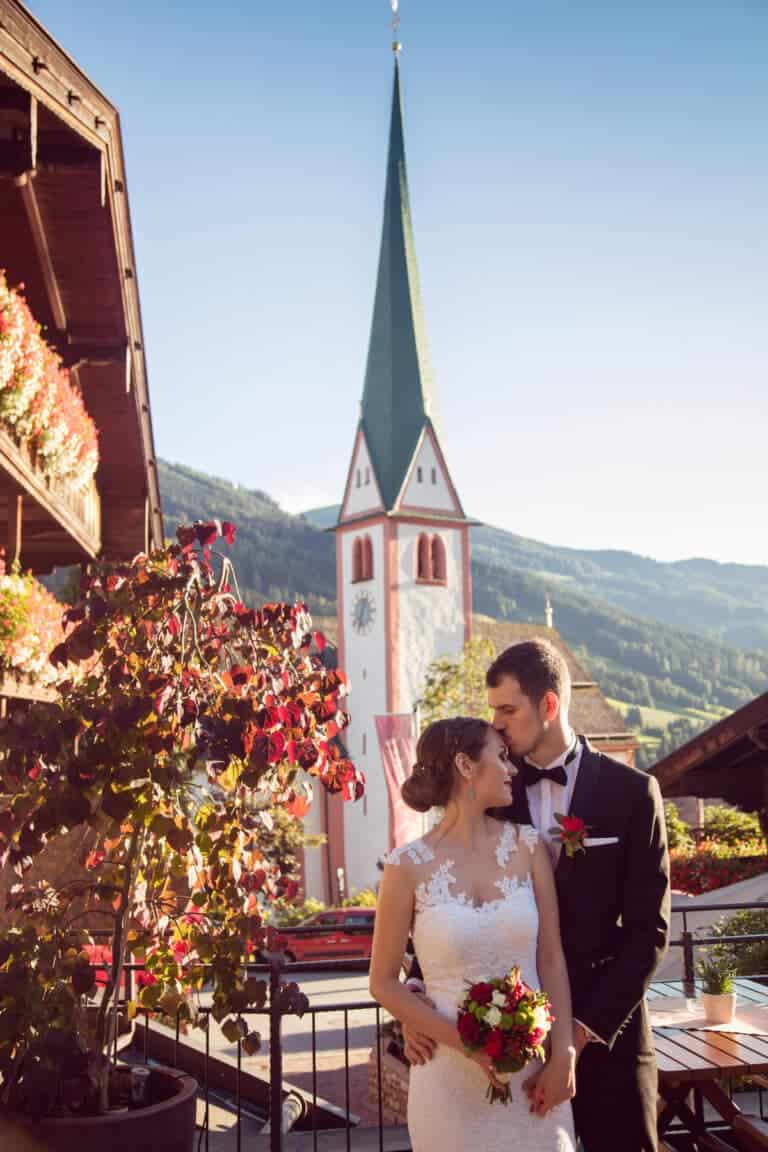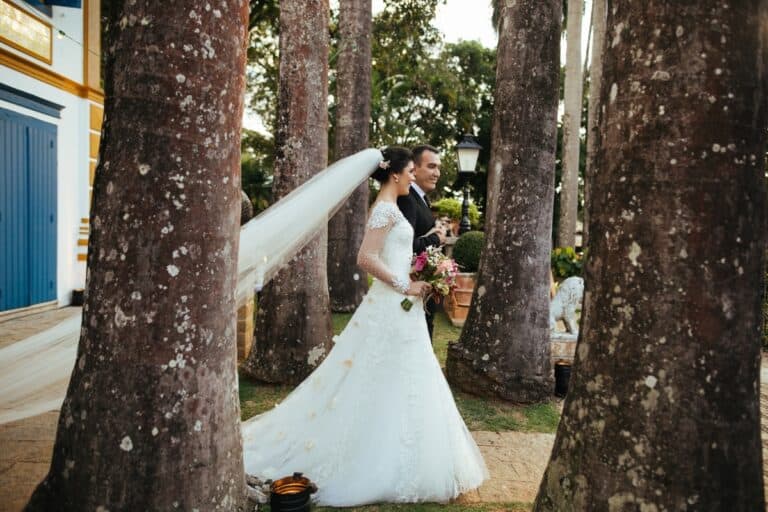Nostalgic Charm of a 1950s Wedding
The 1950s were known for their classic and traditional weddings. With an emphasis on family values and elegance, weddings of this era were full of romance and charm.
As couples began to embrace the simplicity and charm of this bygone era, wedding celebrations in the 1950s reflected a sense of optimism and prosperity following the hardships of World War II.

The 1950s was a time of prosperity and economic growth. With the Great Depression and WW2 behind them, Americans were again looking to get married and start families. This thriving decade saw a surge in population in the United States directly related to increasing birth rates.
Weddings in the previous decades had significantly been rushed due to men heading off to war. It had been a decade of wedding attire and reception menus organized and restricted by food rations and coupons. But with the war over, the 50s saw the return of extravagant weddings, with all the bells and whistles couples desired for their big day.
1950s Wedding Fashion
Wedding Dress Inspiration
The 1950s was considered the golden age of television, and future brides were looking to the screens for inspiration for their wedding gowns. Leading ladies such as Marilyn Monroe, Grace Kelly, Elizabeth Taylor, and Audrey Hepburn defined fashion at the time.
The 1953 wedding of Jackie Kennedy and John F Kennedy influenced many weddings. Jackie wore a gown designed by Ann Lowe. The gown featured a fitted bodice, a full skirt, and a sweeping train. The dress was made of ivory silk taffeta and decorated with a portrait neckline and a wide, circular veil made of tulle.
Wedding dress designers such as David Reisburg started selling their designs in department stores in the mid-1940s by leasing a bridal store within the department store. With the surge in employment after the war, many more women could afford to purchase these designs. They flocked to bridal salons to view and buy these latest designs.

Rockabilly
A tea-length dress or ballerina-style wedding gown became a popular bridal style with the rise of the rockabilly rock and roll era. This allowed a bride to move around while dancing at her reception. The fullness of a tulle, tutu-style skirt gave the gown volume. Whereas a waist-cinching belt or a sash ensured brides obtained their hourglass figures. These dresses were often made from layers of tulle or netting and were paired with ballet flats or low heels for a romantic and feminine look.
Shorter style dresses often featured cap sleeves and sweetheart necklines seen in a more traditional long dress. However, should a bride wear short sleeves for her wedding day, a cropped button-up jacket with a long sleeve must be worn for a church ceremony.
Traditional 1950s Wedding Dresses
A traditional full-length wedding dress was not redundant. A long petticoat, high sweetheart neckline, and long sleeves were perfect choices to ensure full modesty. Elizabeth Taylor made this style famous in her role in Father of the Bride (1950).
Popular fabric choices for bridal gowns included white or ivory lace, silk, satin, and taffeta. Lace was frequently used for the bodice and sleeves, while satin was used for the skirt and train. Dress skirts consisted of layers of tulle or crinoline to create a dramatic and voluminous effect. Embroidery and beading were popular embellishments, creating intricate floral patterns or adding sparkle to the dress.
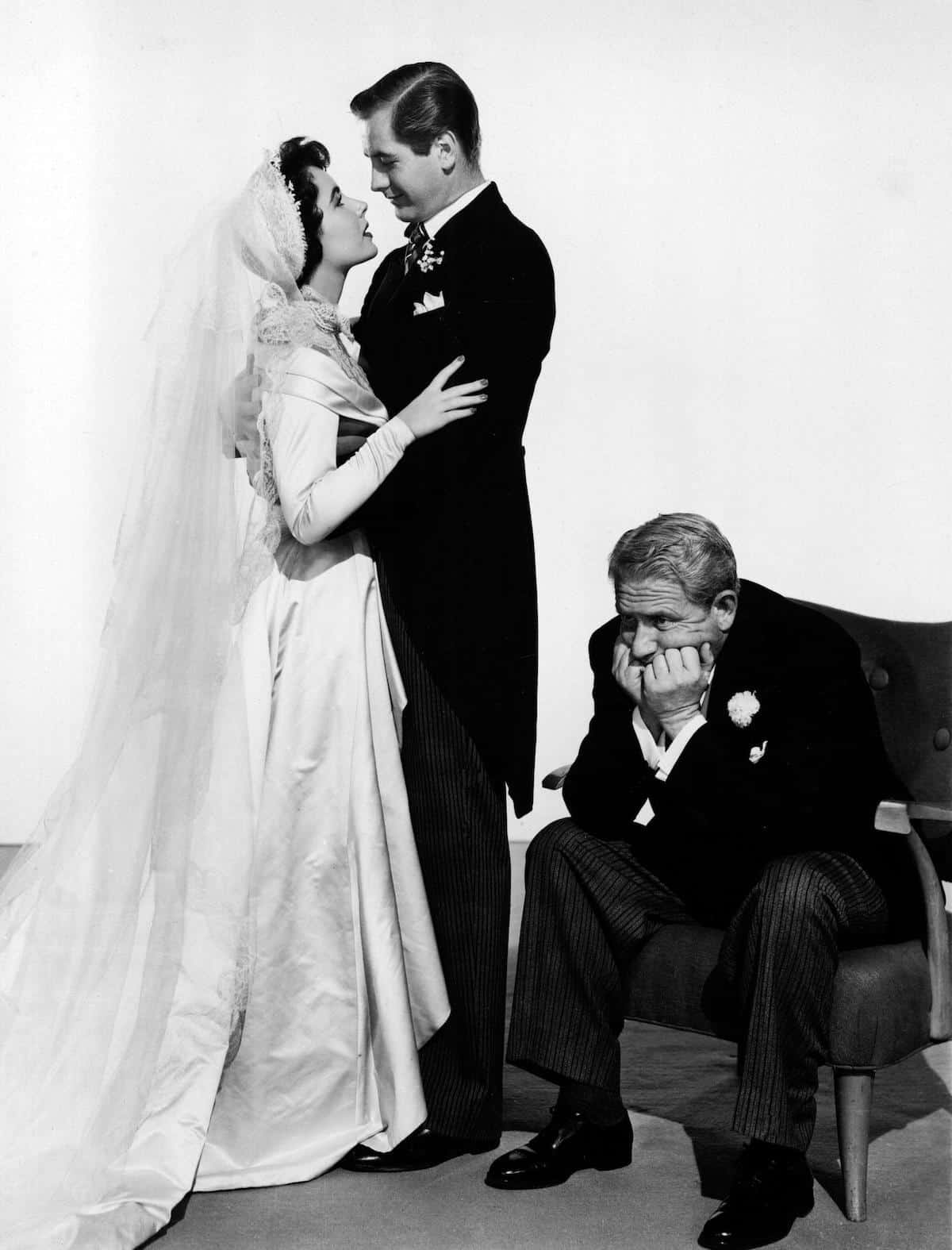
Accessories
Veils
The most popular short full veil style was a shoulder-length veil often made of tulle or netting. Brides also wore delicate birdcage veils that covered their faces. Long white lace veils of cathedral length were less popular due to their habit of getting caught on the hemline of the shorter tea-length skirts. However, long lace vails were not entirely redundant.
Another popular style was the halo veil. Featuring a circular or semi-circular shape that sits on top of the head, giving a halo effect. It is often made of delicate tulle or lace and can be attached to a comb or headband to keep it in place. Halo veils were popular for brides wanting a romantic and ethereal look for their wedding day.
Gloves
White gloves were a must-have accessory for brides in the 1950s. The most popular style was a pair of wrist-length or elbow-length gloves made of lace, satin, silk, or tulle. Opera gloves extending up to the upper arm or even the shoulder were considered elegant and sophisticated. Short gloves were wrist-length or just above the wrist, usually made of satin or cotton. They were a popular choice for less formal weddings.
Headpieces
Headbands and tiaras were popular headpieces worn by brides in the 1950s. These were often embellished with pearls, rhinestones, or flowers. Small hats were a perfect choice for brides who did not want to cover too much of their beautiful hairdo.
The Juliet cap veil was a small, close-fitting cap that featured lace or beading. It was named after the headwear Juliet wore in Shakespeare’s play, “Romeo and Juliet.” Famous throughout the 20s, it was still common at weddings in the 50s.
Another popular hat option was the plain pillbox hat adorned with a veil, creating a graceful and refined look. The veil was made of fine netting and covered just the face or extended to the shoulders.
The birdcage veil is a short netting veil that covers the face and is attached to a headband or comb. Once in place, the veil appears to look like a birdcage. Their shorter length makes them more casual, but they can still add glamour to your attire.
Tiara’s headpiece sat on top of the head and featured a row of jewels or crystals. It was often worn by brides who wanted a more formal, glamorous look. The veil was usually attached to the tiara and ran down the back of the dress.

Shoes
Satin was a popular fabric for bridal shoes in the 1950s, giving the shoes a luxurious and glamorous feel. Usually white or ivory in color to match the bride’s gown. Occasionally, pale pink or blue shoes were also worn for a pop of color.
Brides in the 1950s often wore classy single-colored pumps with low heels. The shoes were typically made of satin or leather. Pumps were a great option as they offered a feminine and elegant look while still being practical for the dance floor. High heels still had their place, but brides often changed into more comfortable low heels for the reception.
Fur
Furs were a popular accessory for winter weddings in the 1950s. Brides often wore fur stoles or wrap to keep warm.
Bouquets
Wedding flowers were typically elegant and traditional, reflecting the post-war era’s values of sophistication and refinement.
Popular bouquet wedding flowers included:
- Roses in white, pink, and red.
- White lilies were used in bouquets and in church flower arrangements.
- Pink orchids were a favored flower for both bouquets and floral headpieces.
- Gardenias were a favorite flower for brides in the 1950s because of their sweet fragrance and delicate appearance. They were often used in bridal bouquets and corsages.
- Carnations were a budget-friendly option for wedding flowers in the 1950s, often used in arrangements and corsages. White and pink carnations were the most popular colors.

Men’s attire
For men, fashion in the 50s was becoming more relaxed. However, special occasions, like weddings, required more formal attire.
The distinct look for a groom and his groomsmen consisted of a dark-colored suit or a classic black tuxedo. These suit jackets may be single or double-breasted, and the tuxedo would typically feature peak lapels or shawl collars.
A crisp, white dress shirt was worn with a classic point or spread collar. Adding cufflinks and a moderately wide tie, typically solid in color, or featuring a subtle pattern added personality. Bow ties were common, especially when wearing a tuxedo. A neatly folded white pocket square tucked into the suit added an elegant touch to the wedding ensemble.
The 50s saw the return of the waistcoat after the material rationings of the 1940s. Men wore a waistcoat (vest) or a cummerbund to complement their suit or tuxedo for a more formal look.
Black leather dress shoes were standard footwear for 1950s men’s wedding attire. And dress socks were worn to match.
While not as common as in previous decades, some men still wore a hat, such as a fedora or a trilby, as part of their wedding attire. However, it was more common to see hats worn by guests rather than at the wedding party.
Bridesmaids
In the 1950s, bridesmaid dresses were characterized by elegance, modesty, and femininity. Dresses often followed the popular fashion trends of the time, which included full skirts, fitted waists, and modest necklines.
Dresses were made from luxurious fabrics like satin, silk, or taffeta. Soft pastel colors, such as pale pink, baby blue, lavender, and mint green, were popular. However, bolder colors like deep red, navy blue, or emerald green were also seen.
The iconic 1950s silhouette featured a fitted waist and a full skirt, often with layers of petticoats or crinolines underneath to provide extra volume. This style was considered both flattering and feminine. Modest necklines, such as boat necks, high necks, or scoop necks, were appropriate for formal occasions.
Bridesmaids’ accessories complimented their dresses. Short gloves, pearls, or simple jewelry were favored. A small hat or fascinator could also be worn, although this was more common for wedding guests rather than the bridal party.
Bridesmaids usually carried small bouquets of flowers that complemented the bride’s bouquet and the wedding theme. The bouquets might be made from a single type of flower or a mix of blooms, depending on the bride’s preference.
Entertainment
A 1950s wedding featured a variety of entertainment options to keep guests engaged and create a memorable experience. Music and dancing were central to these celebrations, and popular music and dance styles of the time reflected the upbeat and optimistic post-war era.
The wedding reception usually took place in a banquet hall or hotel. Consisting of a sit-down dinner with dancing and music provided by a live band or orchestra. A less lavish wedding reception may have occurred at the bride or groom’s parents’ home.
Traditional wedding games and activities, such as the bouquet and garter toss, were also popular in the 1950s. These activities brought guests together and gave the bride and groom memorable moments.
Music
Many 1950s weddings featured live music, with bands or orchestras playing a mix of popular tunes and romantic ballads. Big band and swing music, which had dominated the 1940s, continued to be popular while emerging genres like rock ‘n’ roll, rhythm and blues, and doo-wop gained traction during the 1950s.
Some popular artists and songs from the 1950s that might be played at weddings included Frank Sinatra, Nat King Cole, Doris Day, Perry Como, Pat Boone, and Johnny Mathis. Rock ‘n’ roll pioneers like Elvis Presley, Little Richard, Chuck Berry, and Buddy Holly also had hits that would get guests dancing.
Dance
Various dance styles were popular in the 1950s, with many being energetic and lively. Dances included the Jitterbug, Lindy Hop, Foxtrot, Waltz, and Cha-Cha. As rock ‘n’ roll became popular, dances like the Twist, Bop, and Hand Jive emerged.
It was common for 1950s weddings to feature dance contests, where couples would show off their best moves and compete for a prize. This provided both entertainment for the guests and an opportunity for everyone to participate in the festivities.
Food and Drink
As with previous decades, family members would often help with catering a 1950s wedding. But with many receptions held at banquet halls, hotels, or community centers with large numbers of guests, catering was often outsourced.
Some popular menu options included:
Appetizers:
- Deviled eggs: A popular appetizer made by stuffing hard-boiled eggs with egg yolks, mayonnaise, and mustard.
- Shrimp cocktail: Cooked shrimp served with a tangy cocktail sauce, often in a martini or wine glass.
- Cheese and cracker platter: A selection of cheeses and crackers for guests.
- Stuffed celery: Celery sticks filled with cream cheese or pimento cheese.
- Canapés: Small, bite-sized open-faced sandwiches with various toppings, such as smoked salmon, ham, or chicken salad.

Main Courses:
- Roast beef: Sliced roast beef served with gravy and a selection of side dishes.
- Baked ham: A glazed, baked ham that could be served sliced or carved at the buffet.
- Chicken a la King: A creamy chicken dish with mushrooms, bell peppers, and pimientos, often served over rice or toast points.
- Lobster thermidor: A luxurious option featuring lobster meat in a rich, creamy sauce served in the lobster shell.
Side Dishes:
- Mashed potatoes: Creamy mashed potatoes, often served with gravy.
- Green bean casserole: A classic 1950s dish made with green beans, cream of mushroom soup, and fried onions.
- Scalloped potatoes: Sliced potatoes baked in a creamy sauce with cheese.
- Glazed carrots: Tender carrots cooked with butter and sugar for a sweet glaze.
- Ambrosia salad: A fruit salad made with canned fruit, marshmallows, coconut, and whipped cream.
Desserts:
- Wedding cake: A multi-tiered cake, often with a fruitcake or white cake base covered in buttercream or fondant icing and featuring a bride and groom topper.
- Jell-O molds: Gelatin-based desserts with fruit, nuts, or other ingredients suspended in the mold, served with whipped cream.
- Fruit cocktail: A mixture of canned fruits served with whipped cream or a fruit glaze.
- Petit fours: Small, bite-sized cakes with various fillings and icings.
Drinks:
- Champagne or sparkling wine: Often served for toasts and celebratory moments during the reception.
- Punch: A non-alcoholic fruit punch or a spiked version with alcohol like rum or vodka.
- Cocktails: Classic cocktails such as Martinis, Old Fashioneds, and Manhattans.
- Beer and wine: A selection of beer and wine to suit the guests’ preferences.
- Soft drinks: A variety of soda, lemonade, and iced tea for guests who prefer non-alcoholic beverages.

Final thoughts
The 1950s marked a golden wedding era, characterized by elegance, tradition, and a strong sense of community. The decade’s wedding celebrations were a testament to the enduring power of love and commitment, shining bright against the backdrop of a world recovering from the turmoil of war.
The legacy of 1950s weddings continues to inspire couples today, as they seek to incorporate elements of this unforgettable era into their own special day, ensuring that the magic of this bygone time will live on in our hearts and memories for years to come.

